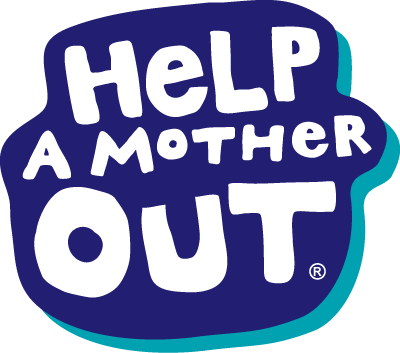Our friends at the American Congress of Obstetricians and Gynecologistsrecently published a study that found that prescription contraceptives are more expensive in low-income zipcodes than in wealthier areas. Cost is a leading barrier to access to birth control and contributes to unintended pregnancy rates.
Low income families are also challenged by the cost of diapers and food deserts. Diapers cost an average of $75 to $100 a month, not to mention all the other expenses for a child! Limited or no access to fresh fruits and vegetables adds to the fact that basic health needs are not met. All of these issues compound the challenges that low-income families have to fight against.
Now we see from this study that yet another significant hurdle exists for homeless and low-income mothers: inequality of access to birth control.
Dr. Jeffrey Peipert, vice chair of clinical research at Washington University in St. Louis Department of Obstetrics and Gynecology, responds in the Huffington Post:
“The big question is why don’t we, in the U.S., level the playing field so all women can have equal access to no-cost contraception? Why should we have any inequalities at all?”
How is it that lower-income families may have to pay more for birth control? Have you ever been in a position to need help accessing birth control?

